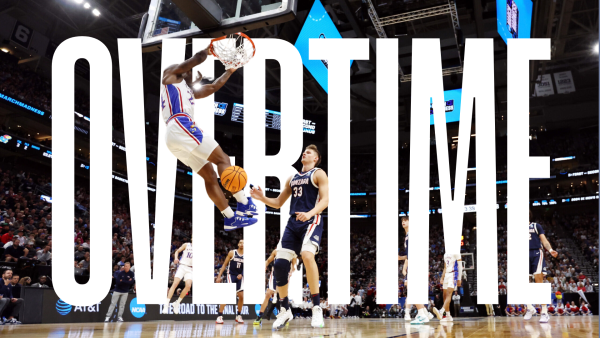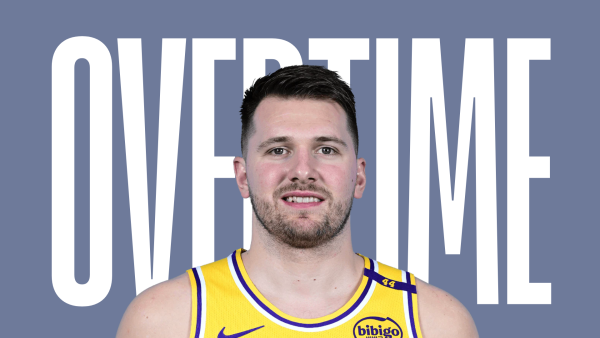Overtime: Expanding the Sphere of Women’s Sports
Over the past few years, scandals, tears and drama have shaped the landscape of many women’s sports leagues. From the shocking reports out of the National Women’s Soccer League (NWSL) dealing with sexual assault to the Britney Griner incarceration in Russia, women’s sports have dealt with a lot, all while trying to grow and promote their sports.
However, it is not to say that change and progress hasn’t occurred. Just recently, it was announced that the NWSL would be expanding the league, placing new teams in Boston, Utah and the San Francisco Bay area.
This comes after the league had a year of massive growth in terms of ratings and viewership. In 2022, the NWSL Championship match saw an influx of 71% compared to the previous year, with 915,000 viewers tuning in to watch the Portland Thorns take the cup over the Kansas City Current.
The Current entered the league just a year prior, in conjunction with Angel City FC and San Diego Wave FC, with the Current reaching massive success in terms of performance and talent. With the expansion of the NWSL, the newer teams were able to grow their fan bases and spread the word of the NWSL to more and more communities. On top of the growing streaming popularity of games, attendance for games reached an all time high with 1,042,063 people attending a match in 2022.
The NWSL Championship game traditionally would stream during the day and on cable channels, making it difficult for a large audience to be able to view the match. However in 2022, for the first time, the match was at primetime on a Saturday night on CBS. And guess what? People watched.
Other leagues are following suit, with the WNBA to add expansion teams in 2025, and the Premier Hockey Federation, the professional women’s league, recently added another Canadian team to their organization.
So, more and more people are finally taking an interest in women’s sports. But why does it still feel like they’re lacking?
Where the real issue lies is in marketing and the commercialization of women’s sports. Far too often are women’s sports pushed aside for the larger, more popular men’s leagues. And that’s fine, mainly because the men’s leagues are successful money makers and highly popular with a global audience. Women’s sports just aren’t there yet. But they can be.
The timeless, baseless claim that is always thrown around is “nobody wants to watch women’s sports” or “women’s sports aren’t as interesting as men’s sports.” I truly believe that if women’s sports were marketed in the same way as men’s, the story would be completely different.
Publicizing is such an easy step for companies to get the interest up. For example, on ESPN, there have been multiple days where I sign on to the app, and there is not a mention of any women’s sports at all on the main page. That should not be the case. People care about what is accessible to them.
Many leagues are doing all they can to grow the sport, whether that be increasing their television presence to expanding to new cities. But the people in charge of big media organizations need to shed light on the hard work of so many women athletes to really see change.
It is hard to conceptualize what the future landscape will look like for women’s sports. It is a large hill to climb, and it seems like there is no end in sight right now. However, the progress that women’s sports have made thus far have provided me with some comfort to know that one day, they will be just as talked about as men’s sports.

Maddie Bimonte is a senior from Raleigh, N. C. majoring in journalism and minoring in political science. She first joined the Ram writing for the sports...












































































































































































































